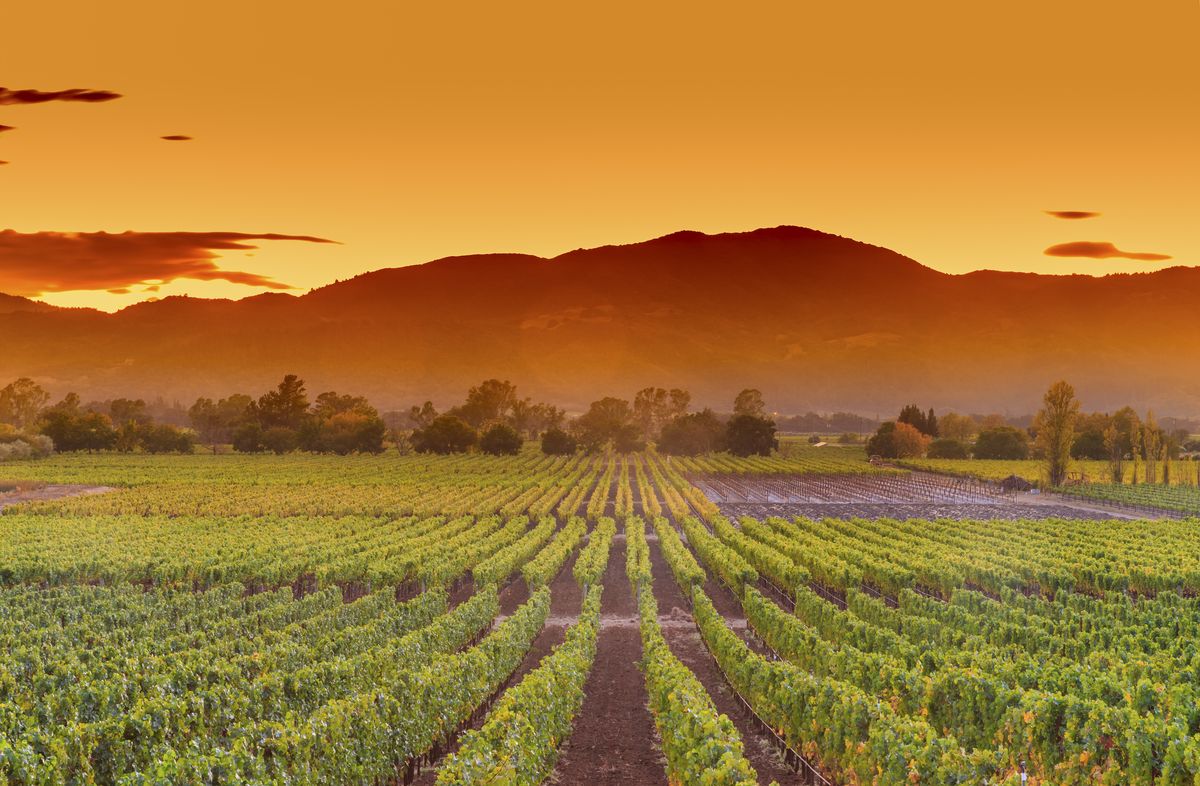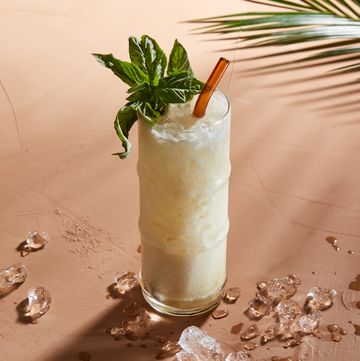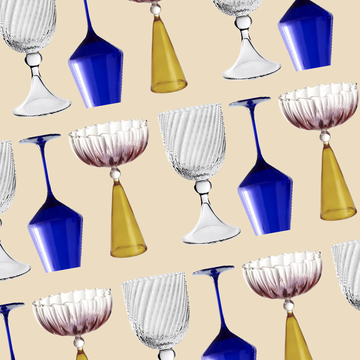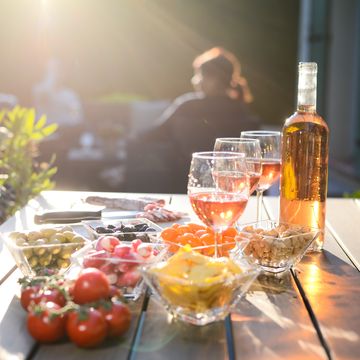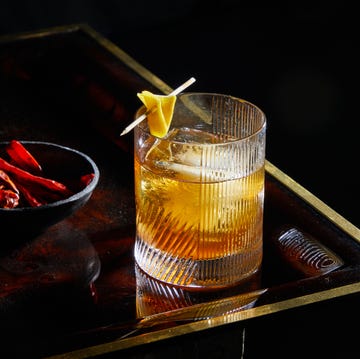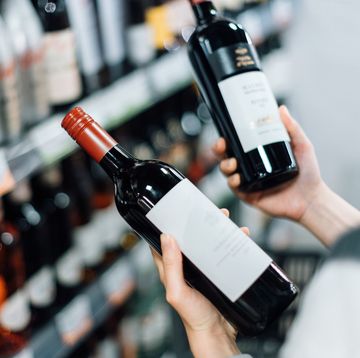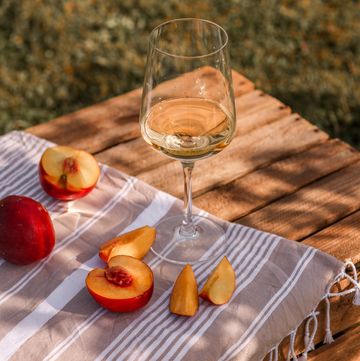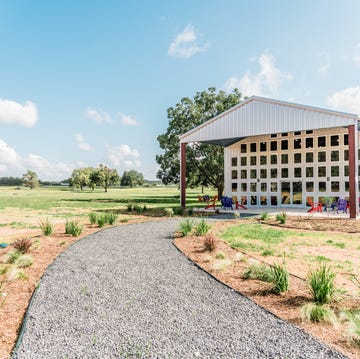Easy-drinking wines, ancient grape varieties, and eco-conscious practices: This is just the beginning of a new era in the wine industry. Acclaimed viticulturists throughout the world have relied on centuries-old production methods, but a new wave of winemakers has entered the playing field, ready to shake things up. Sommelier Erik Segelbaum, founder of SOMLYAY and educator at the Smithsonian Institution, believes the generational shift will only increase the quality of wines being produced and led way for new, groundbreaking varieties.
"We're starting to see an acceptance of innovation in the wine industry," says Segelbaum. "A passionate generation is taking the helm, bringing with them fresh ideas that respect traditions but embrace the technology of today."
Here, a look at what you can expect from the wine industry in the years to come.
More From Veranda

Brighter Sips Ahead
Push that oaky chardonnay and full-bodied cabernet sauvignon to the side—it's all about the easy-drinking, brighter wines these days. More and more, oenophiles are moving away from high-alcohol and oak-forward varieties towards a much more diverse range of fresher wines that tend to be more acidic and focus more on the purity of the fruit.
"Every 20 years or so, a new generation takes the helm of the dominance in wine demand, and we tend to see almost like a rebellious descent to the style of their parents' generation," explains Segelbaum. "The previous generation was into super extracted and super high-alcohol wines. And now, you have millennials and Gen Z that are much more interested in bright whites and chillable reds."
Segelbaum predicts chillable reds, particularly, will continue to grow in popularity over the next few years as they still have whispers of tannin while showcasing the pure flavors of their fruit. Frappato from Sicily and Gamay wines tend to stand out within the category, but in general, red wines with a lower alcohol volume and fewer tannins chill well.
Ancient Wine Producers Make a Return
When wine drinkers begin to expand their palettes, many try to discover the latest and greatest varieties around the world. However, Segelbaum notes that a lot of the "emerging regions" that are garnering attention today have actually been producing wine for centuries. For example, Israel has been making waves recently with their experimental marawi and carignan wines, but archeological evidence shows that winemaking in Israel dates back to at least 8,000 years ago. People often misrelated the region with overly sweet wine, but that's changed over the years as Israeli winemakers began putting a focus on preserving and highlighting the region's native wine varieties.
"We're seeing this paradigm shift with what's coming out of Israel," says Segelbaum. "There's a massive project in the last decade of revitalizing Biblical-era indigenous groups such as Marawi and Bittuni. This has resulted in impeccable quality wines that the rest of the world is finally getting to see."
In addition, Segelbaum points to Portugal as an "under-appreciated, undervalued" producer of wine with its nearly 250 indigenous grape varieties across its 31 wine regions. The Douro Valley, the country's most famous wine region, has been producing port for nearly 2,000 years, whereas wine exports from the Vinho Verde region can be traced to before the mid-18th century.
Sorry, Napa! You've Got Competition
Similar to the rest of the world, regions in the United States that produced wine even before the country's founding are reemerging as leaders in the industry once more. Believed to be the first wine-growing area in the country, Virginia boasts more than 300 wineries across its incredibly diverse landscape. You'll find classics such as chardonnay, cabernet sauvignon, and merlot in the Shenandoah Valley as well as a few unexpected varieties such as viognier which is often found in France's Rhône Valley. The state's viticultural history may span over 400 years, but the quality only continues to improve every year.
Segelbaum also believes people should be looking to Washington state as a leader in the American wine field since the region has the ability to produce the same quality wines as Napa Valley and Sonoma Valley—at a fraction of the price. "Part of the reason Washington can produce these high-quality wines for a lower price is that it isn't as famous as Napa Valley. It does not cost nearly that much for an acre in Washington as it does in the Valley, which has allowed the state to really invest in its production methods."
Climate Change Is Impacting Wine
Ask any vineyard manager or farmer, and they will detail how climate change has deeply altered the way they approach growing and harvesting their crops. Growers in acclaimed regions such as Burgundy used to wait until late September and October to harvest their grapes but are now forced to harvest grapes much earlier in August to ensure their wines don't contain too much alcohol.
"The problem with these truncated harvests is that sugars are developing at a much more rapid pace which requires the growers to harvest earlier," says Segelbaum. "This results in grapes not being able to fully develop their flavors and have less acidity. What you're left with is something that's both too much and not enough."
Segelbaum further explains that the rise in temperatures across the world has affected the wine industry in catastrophic ways, but it has also benefitted certain regions not traditionally known for their viticultural scene. The South of England continues to rock the sparkling wine scene with its award-winning bubbly, which has benefitted from the region's warmer temperatures. However, France's Champagne region has struggled to keep up with global demand as it's experiencing unprecedented weather issues that have led to many vineyards losing much of their harvest.
Simultaneously, Scandinavian countries like Denmark and Norway are seeing new vineyards popping up everywhere. And now due to climate change, the traditionally strict Bordeaux region is changing its appellations to allow farmers to grow hot climate-hardy grapes. These warm-weather grapes can help balance the wines, as Bordeaux's indigenous varieties can't handle the heat.
"It's really the double-edged sword when you see the South of England making their own version of champagne and it's fantastic. But also, you hear Bordeaux is having to change the methods that they've been using for years because of climate change."
Environmentally Friendly Packaging
Over the last couple of years, the wine industry has begun to introduce more environmentally friendly practices in the farming and packaging of their products. Segelbaum says this is possible due to advances in technology that allow for estates to better monitor how much water they use on the vineyard and change how they bottle the wines.
"I've noticed estates really focus on making their packaging more eco-friendly with thinner but stronger glass. I think the world is accepting the format does not dictate the quality as we're also seeing a ton of alternative packaging such as canned wine and even boxed wine. There is this move back towards better care for the earth, and it's starting with packaging."
Sarah DiMarco is the Assistant Editor at VERANDA, covering all things art, design, and travel, and she also manages social media for the brand.
